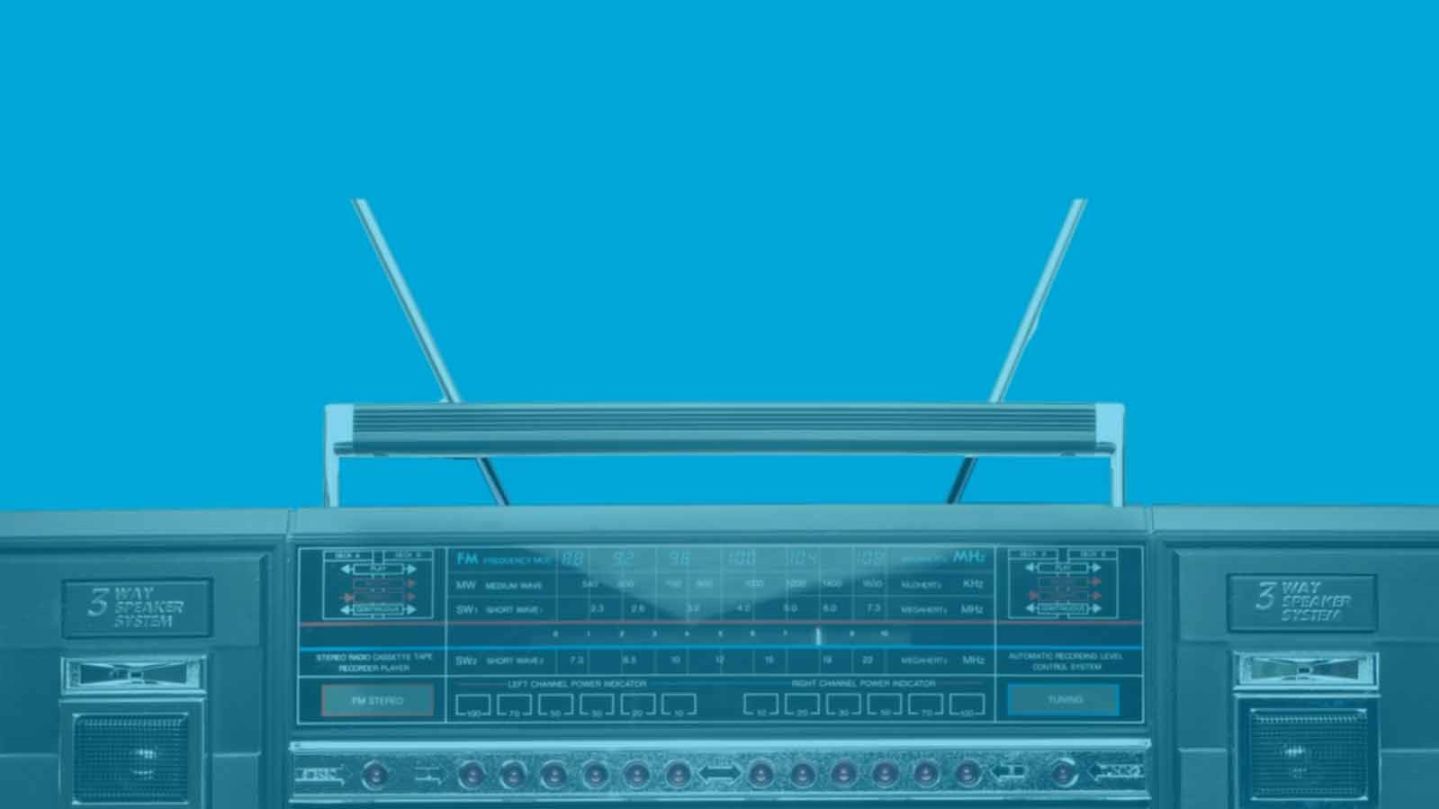Program note: Explore the decade that continues to fascinate us today: CNN Original Series “The Eighties” airs Thursdays at 9 p.m.
Story highlights
If you've visited New York City recently, you've probably walked around Times Square along with thousands of others
In the 1980s, it wasn't safe to stroll around what was called "the sleaziest block in America"
Today, there are more than 100,000 pedestrians on 42nd Street on a given day
In the 1980s, New York City’s Times Square wasn’t so much the “Crossroads of the World” as it was the wrong side of the tracks.
The sex market and drug trade thrived in the area, and homeless encampments dotted its streets. Many local theaters – once legitimate operations showcasing the performances of renowned actors like Lionel Barrymore – had become home to peep shows and porn movies.
Crime rates soared.
In 1981, Rolling Stone magazine called West 42nd Street, located in the heart of Times Square, the “sleaziest block in America.”
Tim Tompkins, president of the Times Square Alliance, said the area was then – and has always been – representative of what was working or not working in New York City as a whole.
“Throughout New York City, crime was a huge issue that was making people stay away, and despite the incredible assets of New York, that overshadowed everything else,” Tompkins said.
“And here [in Times Square] you had a place that had all the Broadway theaters, the greatest concentration of live entertainment, and none of those positive things could be seen or were overshadowed by how dangerous the city was.
“Times Square was this symbol of whether the government had either the will or the capacity to make a city safe.”
As the decade drew to a close, it became apparent that the will (at least as far as Times Square was concerned) was definitely there.
New York City and state governments joined forces to try to revitalize and reinvent Times Square, and Tompkins said they employed just about every economic development tool that had been used in the last century – from tax breaks and zoning laws to a law requiring property owners to put advertising on their buildings.
In 1990, the city established The New 42nd Street, a nonprofit dedicated to the revitalization of 42nd Street between 7th and 8th Avenues – arguably Times Square’s most dangerous and seedy area.
Cora Cahan, a native New Yorker and president of The New 42nd Street, said her organization had the challenge of finding new uses for the old theaters on the block – no small task considering the neighborhood’s nefarious reputation.
“This street was sex shops and paraphernalia shops and triple X porn shops,” Cahan said. “It was the kind of street that people told their kids to stay away from.”
By 1995, however, the group had reopened the street’s least desirable theater as the New Victory Theater, the city’s first theater catering solely to children and families.
“We found people pushing strollers rather than pushing drugs on the street,” Cahan said.
Now, according to The New 42nd Street, there are more than 100,000 pedestrians on the street on a given day, and 5,000 legitimate theater seats in use.
The number of visitors to Times Square increased by 22.1 million between 2000 and 2015, NYC & Company reports. In fact, the revitalization of Times Square has been so successful, it led to the evolution of another major street – Broadway.
In 2009, the city closed parts of Broadway in Times Square to traffic, turning it into a major pedestrian thoroughfare.
“Broadway’s transformation into a place that is a public space for pedestrians is also a sign of how Times Square came back and there was a need to accommodate all of the people who were coming into Times Square,” Tompkins said.
“The problem used to be that you couldn’t get through Times Square without getting mugged or killed, and then by the 2000s, the problem was you couldn’t get through Times Square because it was so crowded.”




